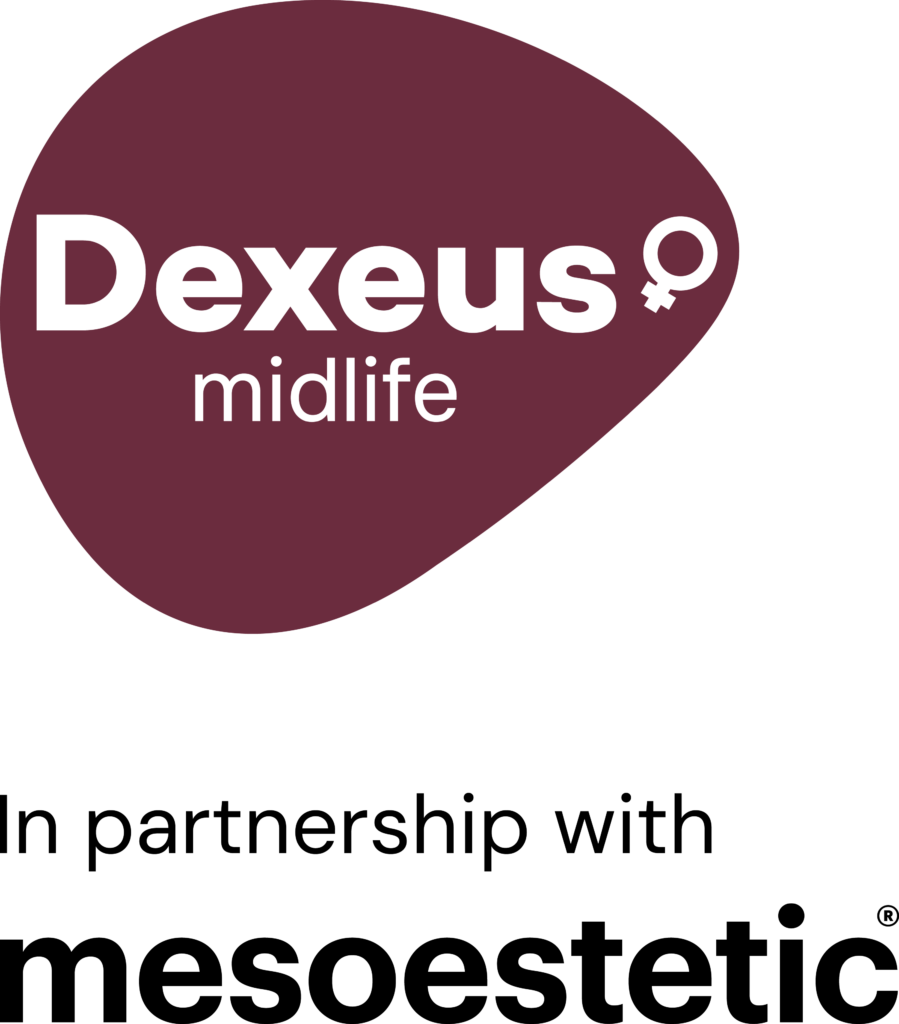Radiofrequency is a technique commonly used in physiotherapy. It consists of the application of electromagnetic waves to generate heat in the body’s tissues.
The system that is applied in our centre –Capenergy– uses capacitive and resistive radiofrequency (TECAR), which allows us to treat both superficial and deep tissues. Heat is the result of the resistance that these offer at the passage of the current. This has a therapeutic effect on the tissue, causing various biological and physiological reactions that accelerate metabolic responses at different levels for therapeutic purposes.
In regenerative gynaecology, it has many applications and has proven to be effective in helping the recovery and regeneration of hard and soft tissues, as well as exerting an analgesic and anti-inflammatory action.
What it is
Electromagnetic energy is applied through a specific radiofrequency device that allows the passage of energy and temperature to be accurately regulated. The patient is comfortably laid down on a stretcher, a passive plate is put in contact with the skin, and, through a manoeuvre, the energy is applied through the conductive cream that is placed on the surface to be treated.
In all treatments, a passive (metal) plate must be placed to direct the energy. It is usually located in the lumbosacral area to treat the pelvis. It must be well-adjusted and in total contact with the body and/or skin. This plate forms an electromagnetic circuit that allows the passage of radiofrequency energy. If treatment is performed at an intravaginal level, a disposable applicator is used with a conductive gel and the entry and exit movement is very gentle. Heat can be felt, but the temperature is regulated.
- Outpatient treatment
It is performed at the clinic and does not require any prior preparation.
- Without anaesthesia
The treatment is painless and minimally invasive.
- Duration
In principle, radiofrequency sessions last 45 min. The treatment itself is applied for about 20-30 min.
- Sessions
The number of sessions and treatment is always individualised and is determined according to each case.
Who is the treatment intended for?
- The treatment is indicated for:
- Pelvic pain.
- Vulvodynia.
- Vaginismus.
- Abdominal separation.
- Vaginal or perineal laxity.
- Prolapse.
- Vaginal atrophy.
- Vulvar lichen.
- Urinary incontinence.
- Pain during sex.
- Endometriosis.
- Lymphoedema (phlebology and oedema).
- Fibrosis.
- Scarring (episiotomy, caesarean section, tears).
Expected outcome
The benefits of radiofrequency treatment start to be noticed from the third session, although depending on the case they may already be evident in just a single session. Also, depending on the patient’s situation or condition, 5 to 12 sessions will be recommended.
Complementary therapy: It can be used with other therapies, but it is necessary to check the compatibility previously with both the physiotherapist and the gynaecologist, in cases of invasive moisturising treatments such as infiltrations of hyaluronic acid, since radiofrequency could reduce the effectiveness of these if it is carried out before the estimated action time (usually a one-month margin).
FAQs
Are there any risks of burns or other undesirable effects?
In cases of sensitive skin, microcirculation problems or smoking, skin irritation may occur if the power applied is excessive. The therapist will tell you the thermal sensation you must feel for the treatment you need and will modulate the intensity according to your sensitivity. In cases of lack of heat sensitivity, it should be indicated so that the therapist can test the temperature of the tissue.
Does radiofrequency treatment have any contraindications?
Yes, the technique cannot be applied to patients who carry pacemakers or other active devices, such as cochlear implants, insulin pumps, etc. It also cannot be applied to pregnant women or in cases of infection or metallic implants.
Should clothes be removed or should only the area to be treated be uncovered?
It is usually enough to uncover the area to be treated, but it must be noted that a conductive cream is used that can touch clothes if they are not removed completely.
When do the effects of radiofrequency treatment start to be noticed?
Changes usually start to be noticed from the third session, and it is also possible to see them from the first application.
Are radiofrequency treatment effects long-lasting or do sessions need to be repeated on a regular basis?
Radiofrequency is another tool within physiotherapy, so depending on the treatment the regimen may vary. For example, in the case of chronic illnesses it is common to have regular sessions; at first a more continuous treatment can be performed and then as it improves the sessions can start to be more spaced out. In acute cases, such as a post-surgical process or a one-off injury, the treatment will need a series of sessions, and no continuity will be required.
Can radiofrequency be used as a supplement to other treatments?
It is not always compatible with other treatments. For example, if the patient has undergone infiltration of hyaluronic acid, they will need approximately 4-6 weeks before being able to undergo radiofrequency treatment without affecting the results of the former. It is important to ask and explain to the therapist the treatments that each patient is undergoing or has recently undergone.
Discover the experiences of our patients
I recommend it 100%
“Lorem ipsum dolor sit amet, consectetur adipiscing elit. Curabitur consectetur euismod tellus, vel pretium nulla. Vestibulum lobortis venenatis erat vel rhoncus. Phasellus volutpat tortor vitae nisl pharetra tristique. Sed ac nisi congue, posuere felis tincidunt, consequat risus. “
Carmen Rodríguez, Barcelona
Related treatments
Functional recovery laser treatment
Functional recovery laser treatment
Laser treatment induces a regenerative response at the cellular level that favours the synthesis of collagen and vascularisation of tissues,...
Read moreFunctional Magnetic Stimulation Chair
Functional Magnetic Stimulation Chair
Functional magnetic stimulation is a technique that uses electromagnetic fields of different intensity to tone the pelvic floor muscles....
Read moreVulvovaginal hydration
Vulvovaginal hydration
Treating the genital area with hyaluronic acid is one of the techniques we can use to hydrate the vulvovaginal area...
Read moreBio-regeneration with platelet-rich plasma (PRP)
Bio-regeneration with platelet-rich plasma (PRP)
Platelets are cell fragments present in blood plasma that naturally activate tissues' regenerative capacities. Therefore, they are used for therapeutic...
Read moreCarboxytherapy
Carboxytherapy
It consists of the infiltration of carbonic anhydrase (CO2) in tissues to promote an increase in blood circulation and to...
Read moreFat grafting
Fat grafting
It is applied in the urogenital area to stimulate tissue regeneration. It improves hydration, tone and lubrication of the vulvovaginal...
Read moreRegenerative mesotherapy
Regenerative mesotherapy
It is a medical technique that allows you to take vitamins and active substances through dermis microinjections into the skin...
Read moreIntimate depigmentation
Intimate depigmentation
Darkening of the skin in the intimate area in women is associated with ageing. There are minimally invasive solutions that...
Read moreLabiaplasty
Labiaplasty
It is a surgical procedure performed to reduce, reshape or correct asymmetries in the labia majora or labia minora of...
Read morePelvic floor physiotherapy
Pelvic floor physiotherapy
Hormonal changes and posture have an impact on the pelvic floor muscles. Often it is not seen or noticed until...
Read more
